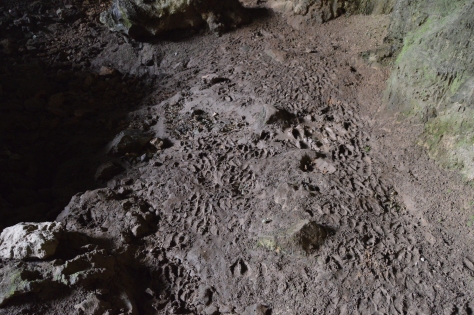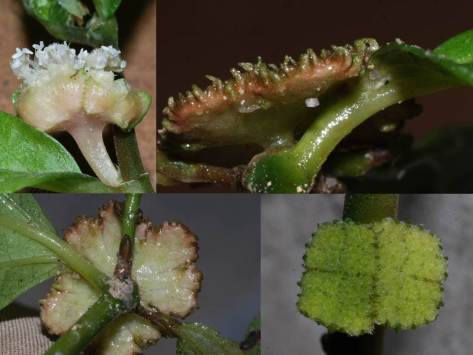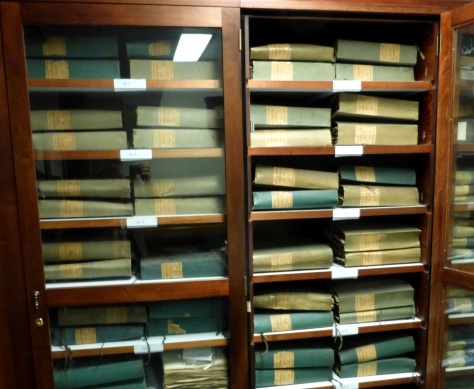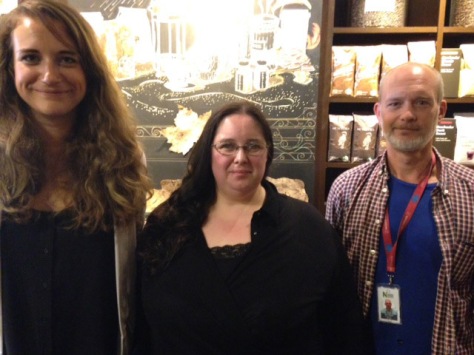Tweet

Thanks to funding from the Bentham Moxon Trust and the Guilin Botanical Garden, myself and colleagues explored five caves for plants in October of this year (2014). There are likely thousands of caves in the limestone karsts of south-east asia which contain plants. Whilst of great interest botanically and for conservation they are also beautiful in their own right and each cave is unique. I thought I would provide a portrait of each one to show how varied they are in their form, where plants grow in them and their size.
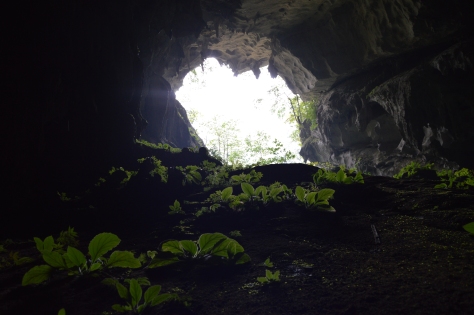
The cave above was one of the few that we spotted from the road and then were able to get to. It is also one of the few that had little evidence of human disturbance, very few footprints and areas of pure white travertine that had fallen from the roof had not been walked on or collected. The main plant-bearing cavern of the cave was about 25 m deep and the roof 15 m high and it had a well developed flora, you can see plants from the african-violet family (Gesneriaceae) in the foreground and we collected five species of nettle here.

Xiangshuidong Tian Keng cave in Guizhou was one of the largest caves that we have collected in, but also one of the most impacted by tourism and use by local communities. The main cavern is about 250 m deep with a roof between 45 and 30 m high and it is set within a huge cliff forming the side of a mountain. It also has a waterfall and river running across the back of it. It is in this cave that we found a very rare and unusual form of Elatostema oblongifolium that has its male flowers borne on specialised shoots but overall the plant diversity of the cave was quite low, presumably because of the large numbers of local tourists and associated trampling of much of the ground available for plants
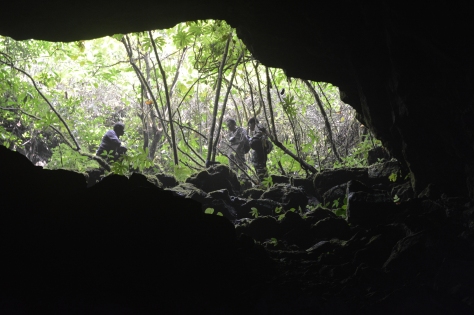
This was the first cave that we encountered on this field trip. We found it after first being taken to a hole in the ground as what must have been a mistranslation from Mandarin into the local dialect. The cave was relatively big and had a trail running inside. The main cavern shelves very steeply meaning that very little light penetrates into the cave. Despite this and the relatively high altitude, 1500 m, we collected seven species of nettle from here.

This cave should have been perfect as it shelved gently meaning that light penetrated quite deep, it also had plenty of places for plants to grow, such as boulders and rocks. We only collected four species of nettle here, probably because the cave was heavily impacted by farmers using it as a barn to keep their water buffalo in at night. Evidenced by lots of hoof prints and dung. This is a very common use of caves and the trampling of buffalo and their herders can have a significant impact on the plants in the caves (see below).

